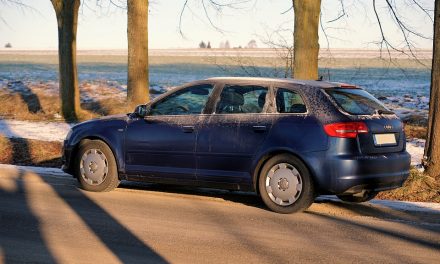Traveling the roads for the end of summer vacation is a great way to wrap up your kids’ short-lived freedom from the classroom. Before you head out on the opened road, there are a few key pieces of information you may want to consider filing in your mind’s storage space.
Driving on the highways means that you will be mingling with truck drivers and their large 18-wheelers for most of the trip. Ignorance and fear cause hundreds of trucking accidents per year. No one wants to be involved in a truck accident, so make sure to drive safely around them. Truck drivers know how dangerous their vehicles can be, so they will be driving cautiously to make sure they comply with DOT rules and regulations. Many truck drivers will even use software to log all of their data and improve their safety (view that sort of software here). This should keep people and trucks safe. Additionally, for those driving amongst trucks, it helps to know a little bit about the culture and communication habits of truck drivers.
When you better understand the position of a big rig driver, you can both coexist on the roads without any trouble. Here is a quick look at some important truck driver language every driver should understand.
Flashing of the headlights
You no longer have to drive the interstates full of confusion. When a truck driver flashes his headlights at you (or another trucker), they are sending a message.
Depending on the positioning of the vehicles on the road, flashing headlights are always meant to convey a message. If you are in front of the truck, trying to switch lanes, flashing headlights means that the way is clear.
Once you move in front of the truck, it is complementary to give two flashes of the headlights as a “thank you” for the clearing of the road. Of course, flashing headlights can also mean an emergency, and you need to get out of the way. It’s not hard to tell the difference.
Motion to pull the horn
Believe it, or not. The old trick of motioning to a trucker to pull their horn is still in play. There’s plenty of time for fun when you’re on the road up to 20 hours a day, so don’t be shy. Communication is fun on the highway.
Watch the front driver’s side wheel
If you’re like most drivers, you have a terrible fear of an 18-wheeler coming over the line and hitting your vehicle. This could result in a collision that would need lawyers like the ones found when you go here. Dispel your fears and help prevent a crash with knowledge.
If an 18-wheeler is going to switch lanes, the front, driver’s side wheel will be the very first thing to cross the lines on the road. Watch the front wheel to train your mind to relax a bit more around these roadway giants.
Get out of the way
Understand that a huge truck, weighing several tons, cannot simply stop on a dime. If a trucker is speeding down the road, don’t whip in front of them with your little vehicle. You’re asking to be confronted with a battle that you will not win.
Be polite. Get out of the way. Get out of the way when truckers are entering the highway. Get out of the way coming down mountains or large hills.









